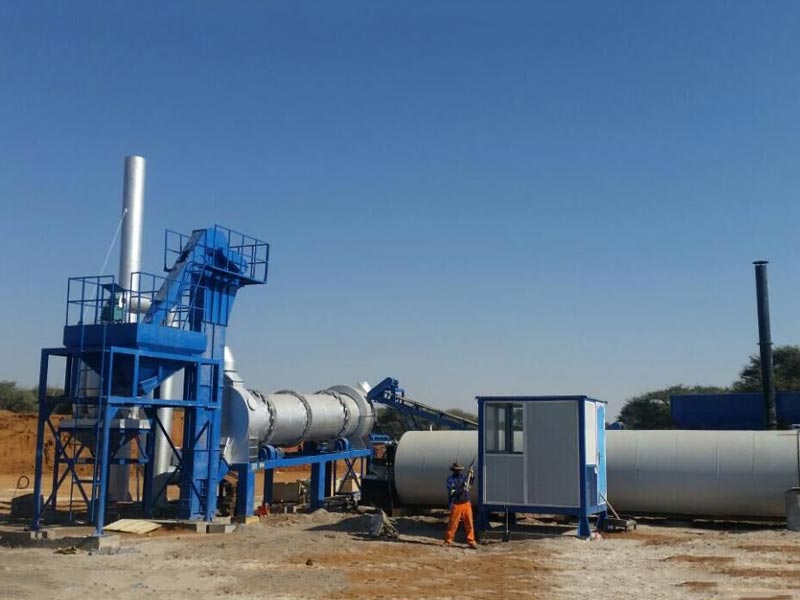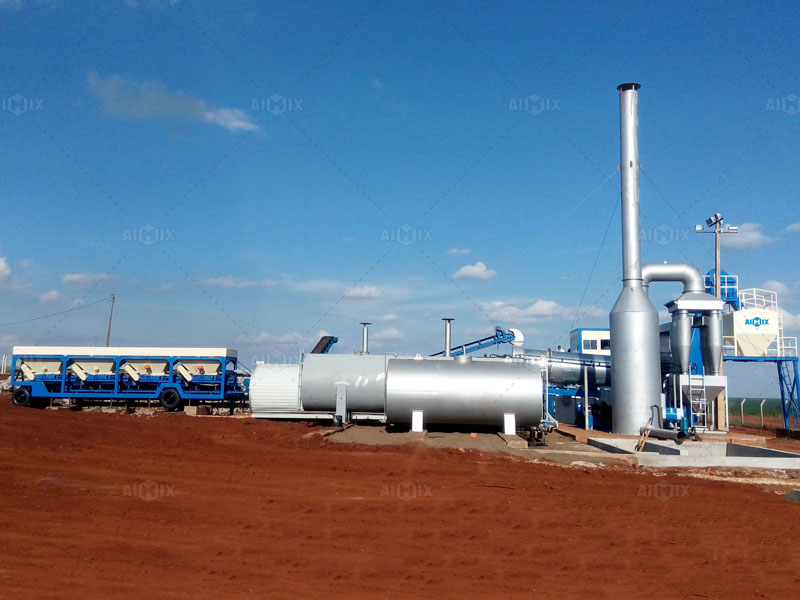Asphalt plants are critical in modern construction projects, providing the materials needed for durable roads, highways, and other infrastructure. Understanding how these plants operate requires familiarity with their components and processes, often illustrated through detailed diagrams. Whether you’re dealing with a continuous asphalt plant or an intermittent asphalt plant, diagrams can provide invaluable insights into their functionality and efficiency. In this guide, we will explore the essential components of asphalt plant diagrams, their significance, and how they vary across different types of plants.
What is an Asphalt Plant Diagram?
An asphalt plant(planta asfalto) diagram is a schematic representation of the plant’s layout, processes, and components. It offers a visual guide to how raw materials like aggregates and bitumen are processed into high-quality asphalt. These diagrams are crucial for plant operators, engineers, and stakeholders, helping to ensure efficient operations and better understanding of the machinery.
The Purpose of an Asphalt Plant Diagram
An asphalt plant diagram serves several important purposes:
- Visualization: It provides a clear visual representation of the plant’s workflow.
- Maintenance: Helps identify parts for routine inspections and troubleshooting.
- Training: Assists new operators in understanding plant operations quickly and effectively.
- Efficiency: Highlights potential areas for optimization and upgrades.

Key Components Found in Asphalt Plant Diagrams
While the exact layout of an asphalt plant varies depending on the type, most diagrams include the following components:
1. Aggregate Cold Feed Bins
Cold feed bins store aggregates in different sizes and types. These bins have feeders that deliver aggregates in controlled amounts to the drying drum or mixer.
2. Drying Drum
The drying drum is a key component where aggregates are heated and moisture is removed. This step ensures that the materials are properly prepared for mixing with bitumen.
3. Bitumen Storage Tank
The bitumen tank stores the binder material, keeping it heated and ready for mixing. Temperature regulation is essential to ensure consistency and quality.
4. Mixing Unit
In the mixing unit, heated aggregates and bitumen are combined to produce asphalt. This process is continuous in a continuous asphalt plant(planta de asfalto continua) and batch-based in an intermittent asphalt plant.
5. Pollution Control System
Modern plants include systems such as baghouses and scrubbers to minimize dust and emissions, ensuring compliance with environmental regulations.
6. Storage Silo
Finished asphalt is stored in silos before being loaded onto trucks for transportation to the construction site. These silos keep the asphalt at the required temperature.

Understanding Continuous Asphalt Plants
Continuous asphalt plants operate with a steady production process. They are designed for projects requiring large quantities of asphalt with minimal downtime. Diagrams for these plants typically show a streamlined layout emphasizing uninterrupted material flow from start to finish.
Advantages of Continuous Asphalt Plants
- Higher production rates for large-scale projects.
- Reduced operational complexity.
- Lower initial setup costs compared to batch plants.
Key Features in Continuous Asphalt Plant Diagrams
The diagrams for continuous plants highlight features such as:
- Single drum or double drum design for drying and mixing.
- Integrated pollution control systems to handle continuous emissions.
- Simplified material flow paths for maximum efficiency.
Understanding Intermittent Asphalt Plants
Intermittent asphalt plants(Plantas de asfalto estacionarias), also known as batch plants, produce asphalt in smaller, controlled batches. They are ideal for projects requiring a variety of mix designs or when precision is paramount. Diagrams for these plants showcase the batch-by-batch workflow and emphasize the modular components that facilitate flexibility.
Advantages of Intermittent Asphalt Plants
- Ability to produce custom mix designs for specific projects.
- Higher precision and quality control.
- Flexibility to adapt to varying project requirements.
Key Features in Intermittent Asphalt Plant Diagrams
In these diagrams, you will often find:
- Separate components for aggregate weighing, mixing, and storage.
- Advanced control systems for batch customization.
- Detailed layouts showing the batch mixing cycle.
The Role of Asphalt Plant Diagrams in Determining Asphalt Plant Price
Asphalt plant diagrams can also provide insights into the factors that influence asphalt plant price. Features such as capacity, type of pollution control, and level of automation(nivel de automatización) are often illustrated in diagrams and can help buyers assess the value of a plant.
Factors Affecting Asphalt Plant Price
- Type of Plant: Continuous plants are generally more affordable than intermittent plants but may lack the same level of customization.
- Capacity: Larger plants with higher production rates usually come with a higher price tag.
- Technology: Advanced automation and emission control systems increase upfront costs but improve long-term efficiency and compliance.
Conclusion
Asphalt plant diagrams are invaluable tools for understanding the functionality, layout, and operational efficiency of different types of plants. Whether you’re operating a continuous asphalt plant or an intermittent asphalt plant, these diagrams offer insights that can help optimize performance, enhance maintenance, and even guide purchasing decisions. By studying these schematics and applying best practices, operators and engineers can ensure that their asphalt plants deliver top-quality materials efficiently and cost-effectively.